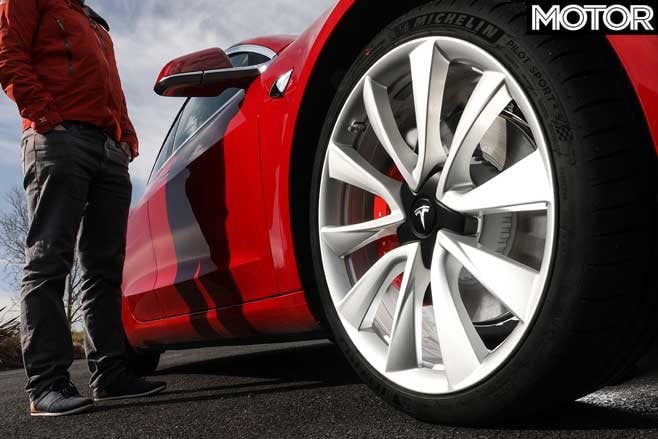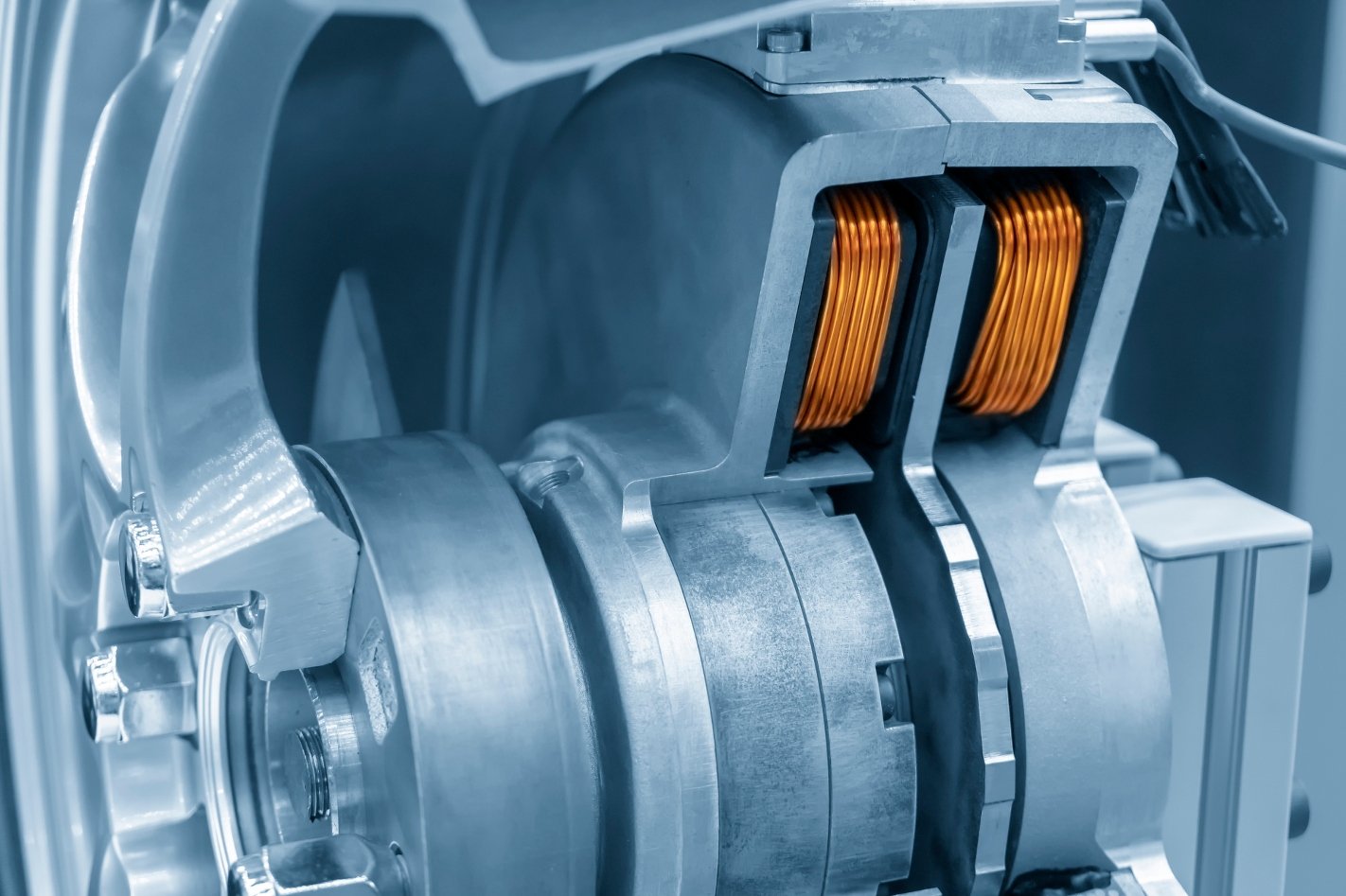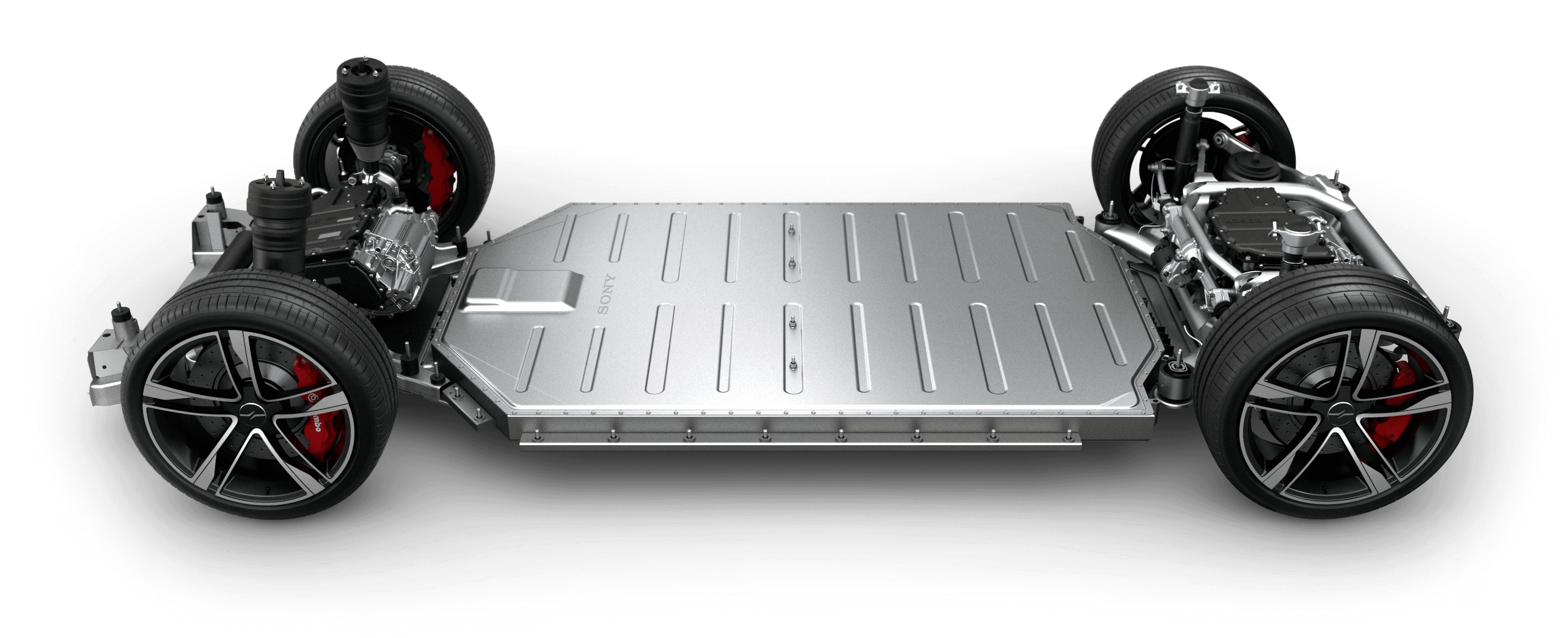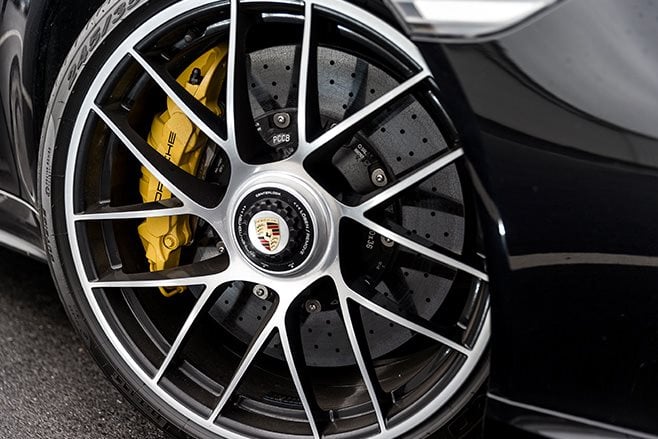
As electrified vehicles become increasingly commonplace, so too will ‘regenerative braking’ and you can expect to hear about the technology more and why it’s so important and integral to every hybrid and electric vehicle on the market.
Regenerative braking is one of the key advantages an electrified drivetrain has over a purely combustion-powered equivalent as it enables the car to save energy that would otherwise be wasted by, as the name suggests, ‘regenerating’ electrical power.
Here’s how mild hybrids, plug-in hybrids and EVs capture power, range and efficiency that petrol and diesel-powered cars can’t.
Braking is a waste of energy
Let’s start with a basic principle and how cars have been slowing down for more than 100 years – friction. When the brakes are applied, two or more friction surfaces are forced together converting the energy of the moving car (kinetic) into heat energy and reducing its speed. This is an irreversible process in which the heat is dissipated and lost to the atmosphere around the car.

But that heat was once energy you paid for at the fuel bowser. The fuel was taken from the tank, burnt in the engine, used to turn the wheels and move the car, so when the brakes generate heat there’s nothing more you can do with it. It is, quite literally, waste.
Wouldn’t it be good if there was another way? Well, there is.
Harnessing braking energy
Generating electricity is hard work. That’s why power stations need vast resources of energy to power their turbines. Whether it’s coal, wind or some other form of energy, lots of it is required to spin the generators.
It’s exactly this principle at the heart of regenerative braking. Instead of simply forcing friction surfaces together, regenerative braking uses the inherent resistance of an electric generator to slow the vehicle when it is producing power.
And the best part is that the function needs no significant extra hardware to perform the trick. EVs and hybrids are fitted with conventional friction brakes, but when you press the brake lightly the discs and calipers do nothing.

Instead, the same motor that’s used to turn the wheels is temporarily repurposed as a generator and instead of using electricity, it produces or ‘regenerates’ power and the effect slows the car. This freshly generated power is sent back to the battery where it can be used to accelerate the vehicle once again.
Some systems even start the regeneration earlier, without having to press the brake pedal and simply lifting off the accelerator starts regeneration. Many manufacturers call this ‘single-pedal driving’, since the brake pedal is not required to slow down during almost all normal driving.
It takes a little getting used to but the aggressiveness of the effect can be adjusted.
There are, of course, losses in the regen process, but recapturing even a small amount of the energy that either powers the engine in a hybrid or charge the battery in an EV is more efficient than wasting it with conventional brakes.

Of course, regenerative braking has its limitations, but when the motor has applied all the force it can, normal brakes are ready to step in and lend a hand for maximum deceleration.
Regenerative braking bonuses
It’s fairly obvious that if you are reducing the amount of energy wasted by normal brakes, the effort put into moving the vehicle will go further. That means hybrids will get more mileage from a tank of fuel and an EV’s battery charge will last longer – particularly if the car is used in lots of stop-and-start driving, when the regen effect is most frequently used.
But if a vehicle is being slowed down by a reversed electric motor, demand on the conventional brakes is drastically reduced. Many service centres report that EV and hybrid braking systems often appear almost new and that means longer brake life and lower maintenance costs.
What’s not to like?
In short, not a lot. Little extra kit is required to enable a vehicle already fitted with a motor and battery to brake regeneratively so the extra cost is minimal.

Perhaps the biggest drawback is an odd pedal feel before the brake discs and calipers come into play. Manufacturers are getting very good at hiding the spongy or bouncy brake feel but some drivers still find it a little disconnected and lacking feel.
Nuclear or unclear?
Regardless of the vehicle’s drivetrain, the heat you feel from hot brakes does not originate from chemical energy, kinetic, potential or electrical. To understand the importance and effectiveness of energy transfer a little better let’s follow the heat produced by the brakes back further than the servo.
Petrol and diesel is refined crude oil that was formed by many trillions of sea organisms. These tiny creatures fed on algae, which in turn drew its energy from sunlight. That energy was beamed 150 million kilometres through space from its source where it was made by the sun using nuclear fusion.

While EVs use a very different energy source, electricity can be traced back to the same source. Solar power cuts out a few steps in the process, but even power from coal or gas-fired generation follows the same path – fossil fuel, things feeding on the sun, nuclear energy.
That’s why regenerative braking is so significant. By capturing and making the best use of all energy, we reduce our demand for it and the negative effects on the planet including climate change.




